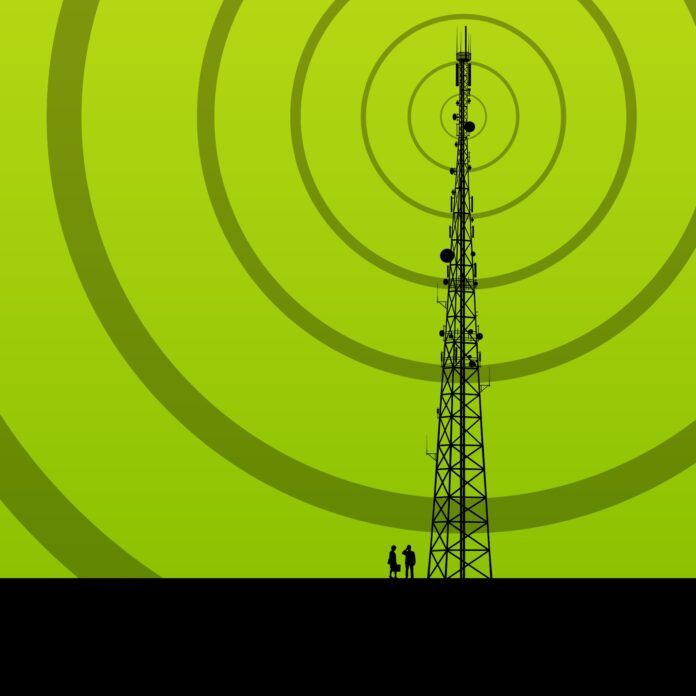The sustainability North Star— “zero traffic, zero watt”
The radio access network (RAN) is the biggest energy draw in a mobile network. Because of this, network infrastructure vendors and operators are primarily focused on reducing power consumption in the radio domain. Doing this successfully has the potential to reduce power bills in what is, generally speaking, a time of increasing energy costs, and it another facet of longer-term net-zero ambitions. To understand how operators should begin reducing RAN-related energy consumption, we convened a group of experts at the Telco Sustainability Forum (available on demand here); the big takeaway was that RAN modernization is the path forward.
Beyond just installing new radio equipment that’s more energy efficient, panelists also called out the importance of using automated software tools to understand where and when network traffic is being generated so that resources can be more dynamically tuned to meet demand while optimizing power consumption.
Dell’s Manish Singh, chief technology officer for the Telecom Systems business, spelled it out: “These networks are getting dimensioned for peak traffic and still your peak traffic is not running 24 hours a day. You have coverage bands, you have capacity bands which are all transmitting. Yes, we are talking about energy saving features and all, but in reality when we are talking to the service providers, this is a burning issue for them to really, really drive the energy consumptions down on their network because we are an energy inflationary environment. It’s a P&L issue; it’s the right thing to do. And so the opportunity is massive in terms of how do you get these radio networks, whether you think from a turning off the carriers to actually doing symbol blanking, to actually improving the PA efficiencies, turning off MIMO branches when you are on off-peak hours and more, to how do we get to these intelligent cognitive radio systems that really are flexing depending on what the traffic needs are and do so without any KPI degradation.”
While everything Singh mentioned there is firmly on the roadmap–if not available today–from vendors, he encouraged the industry to think big. “If you really think about it from a North Star perspective—and I know we’ll never get there—but zero traffic, zero watt. How about that?…We’ve got to really think big in terms of what the opportunity is and how we are going to achieve it…There’s a lot of work that lies ahead and I’m really, really excited about the opportunity here in this space.”
Ericsson’s three-step RAN modernization recipe
Ericsson has emerged as a thought leader around RAN modernization with early messaging around how to break the energy curve in the upgrade to 5G and how to integrate clean energy sources into the RAN. The company’s Tomas Sandin, head of radio portfolio management for Product Line Radio, laid out a three-step RAN modernization recipe in a way that supports traffic growth without driving up energy consumption and integrating renewables.
For the purposes of making the recipe readily applicable to the real world, assume a radio site with a massive MIMO radio and two multi-band radios for low- and mid-band FDD spectrum. Step one, “Bring massive MIMO to the sites because massive MIMO TDD is the most energy efficient technology there is when it comes to gigabytes per watt. That’s fundamental.” Step two is around maximizing the impact of the site visit associated with massive MIMO deployment by modernizing existing single-band radios to multi-band units. “We can provide 10-times more capacity and, at the same time, both reduce weight, size and energy.” The third step is using software-based energy saving features at new sites and throughout the installed base. “That’s really the way we approach…breaking the energy curve.”
The big picture, Sandin said, is, “We have a very large site reuse opportunity here.” To recap, that includes massive MIMO deployment, legacy radio modernization, introduction of energy smart operational software, integration of renewables and even adding gear for millimeter wave and fixed wireless access as needed. “We are not massively increasing the number of sites, but we are instead reusing the sites.”
Implementing sustainable RAN isn’t just a vendor issue
To the earlier point that many software tools that allow dynamic resource scaling to reduce RAN energy draw are available today—”That’s already something that we’ve developed,” Fujitsu EVP and Head of Global Networks Business Femi Adeymi said. “So those are things that we’re already doing, but…a deployment strategy is also important from an operational point of view.”
Adeymi continued: “I don’t want to leave the audience today where the equipment provider needs to solve all the problems. Utilizing the technologies that we have today…is also important. So how do you deploy your network to take advantage of the cloud so that you’re not putting base stations at the bottom of every site?”
The role of the RIC
With Adeyemi making the case for cloud RAN, the conversation turned to the role of the RAN Intelligent Controller (RIC) and associated applications in realizing network energy efficiencies. This isn’t just an exploratory topic as early RIC apps and strategies have focused on optimizing energy consumption as a function of network traffic load.
Singh said the moves toward cloudified and open RAN interfaces “is critical to enabling these pathways for RIC, xApps, more innovation…What we really, really need to think about is this tremendous amount of data that is sitting in the operator’s data lakes. And there is a need to unlock the value of that data from an energy efficiency perspective, from a network performance perspective and more.”

